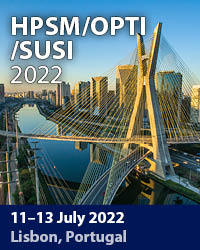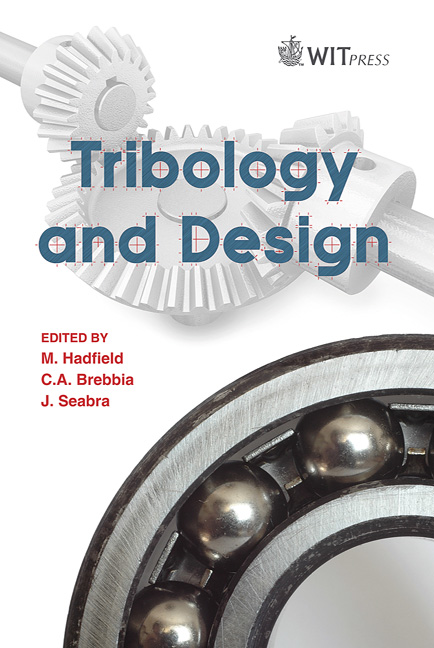The Minimum Quantity Of Lubricant (MQL) Technique In The Surface Grinding Of Steel
Price
Free (open access)
Transaction
Volume
66
Pages
12
Page Range
249 - 260
Published
2010
Size
379 kb
Paper DOI
10.2495/TD100211
Copyright
WIT Press
Author(s)
E. C. Bianchi, R. S. Destro, M. H. Oikawa, R. M. Sousa, R. C. Canarim, R. F. Damasceno, P. R. Aguiar & M. C. Sampaio Alves
Abstract
This research aimed to analyze the viability of the minimum quantity of lubricant (MQL) technique towards different methods of lubri-refrigeration in surface grinding of steel, considering process quality, wheel life and the viability of using cutting fluids. The proposal methods were the conventional (abundant fluid flow), the minimum quantity lubrication (MQL) and the optimized method with Webster nozzle (rounded). This analysis was carried out in equal machining conditions, through the assessment of variables such as grinding force, surface roughness, G ratio (volume of removed material/volume of wheel wear), and microhardness. The results showed the possibility of improvement of the grinding process. Besides, there is the opportunity for production of high quality workpieces with lower costs. The MQL technique showed efficiency in machining with lower depths of cut. The optimized method with Webster nozzle applies the fluid in a rational way, without considerable waste. Hence, the results show that industry can rationalize and optimize the application of cutting fluids, avoiding inappropriate disposal, inadequate use and consequently environment pollution. Keywords: grinding, cutting fluids, MQL, optimization.
Keywords
grinding, cutting fluids, MQL, optimization





